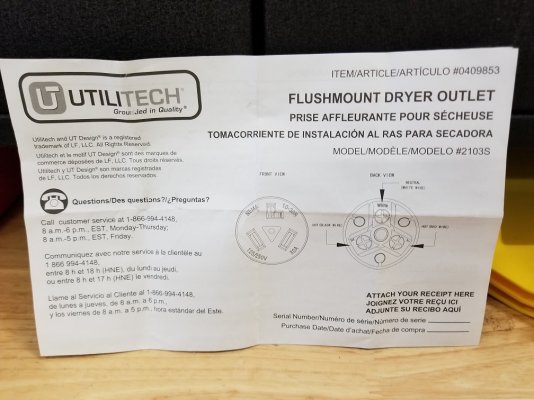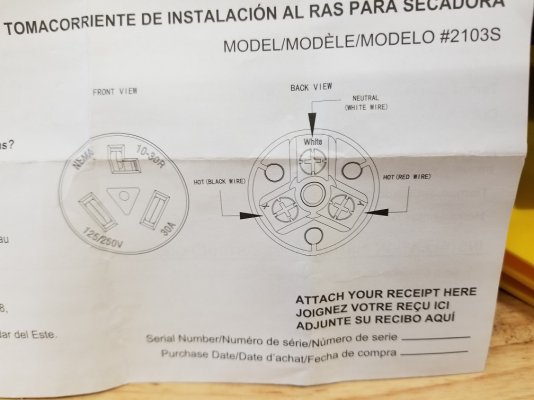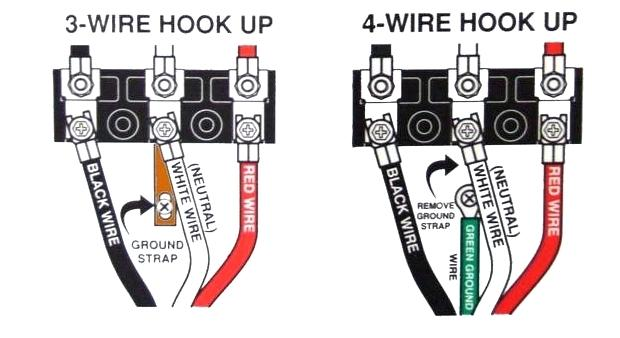joeshannallie
New member
- Joined
- Jul 8, 2019
- Posts
- 2
Ok yes It happen again someone accidentally wired up a 220 outlet for a 30 amp plug in for rv travel trailer. Blowed fuse and capacitor on converter board. That has been repaired and everything works fine and as it should except the tv. Small flat screen connected to regular style 110 outlet in camper. No power from tv. Took it apart and small glass fuse was blown. Replaced it and plugged it in and hit power button and instant pop of the fuse. Already checked and 110 is coming from outlets that tv was plugged into. So my question is since 110 is coming from outlet and the fuse instant pops when I plug the tv in is it more than likely something else was blown on the power board of the tv?



